The Culture That Shaped Jet Set Radio
and how it answered back
Jet Set Radio│© SEGA
In late-90s Tokyo, public space was tightly managed and street skating was often chased out of high-traffic areas, so kids carved out “grey zones” instead: underpasses, riverpaths, and plazas after dark. Miyashita Park (pre-Nike rebuild) functioned as an improvised commons for skaters, taggers, and campers until its 2011 redevelopment formalized and policed what had been DIY space.
In neighborhoods like Ura-Harajuku or Shibuya’s back alleys, the subcultures of punk, hip-hop, fashion tribes, and DIY aesthetics circulated freely. A mix of skate crews, DJs, zine kids, and shop staff who blurred lines between fashion, music, and street performance made up the melting pot of Tokyo’s future. NOWHERE, the micro-store by NIGO and Jun Takahashi, sat at the center of that network, alongside Goodenough, NEIGHBORHOOD, and WTAPS.
Youth tribes layered thrift finds with neon goggles, cartoonish proportions, and headphones wired to Discmen. Shoichi Aoki’s magazines STREET and FRUiTS were already documenting this daily, while relax and TOKION stitched together fashion, music, and street art into collage-like manifestos. Sega’s character designer Ryuta Ueda could just walk through Shibuya on a Saturday and see it standing at the crossing. When the GG’s hit the screen, kids could recognize elements of themselves, or at least the people they had seen immortalized in FRUiTS spreads.
© FRUiTS
Crews like T19 blurred skating with fashion and music, making the board or the blades part of a larger lifestyle. Inline was especially visible: the Yasutoko brothers, Takeshi and Eito, were redefining vert ramps on the global stage, while Osaka legend Chiaki Ito carved out a reputation for fluid street style.
Graffiti was more complicated. Tokyo’s writers worked under intense pressure, with little tolerance for bombing in central wards. Yet underground figures like ESOW, who came up through skate crews and later fused Edo-era flavor with hip-hop lettering, were active in the late ’90s. The duo HITOTZUKI (KAMI and SASU) emerged around the same time, painting large-scale murals that grew directly from a street lineage. Their work, like JSR’s tags, was an assertion of presence in a city that tried to erase such marks. For kids who couldn’t risk painting walls, the game became a surrogate space.
Not to forget Tokyo’s 90s music scene. Tokyo in that decade was riding the wave of Shibuya-kei: Cornelius, Pizzicato Five, Towa Tei. It was a cut-and-paste aesthetic, a willingness to sample, collage, and collide references.
Jet Set Radio│© SEGA
And Then Came Jet Set Radio
Released on the Dreamcast in 2000, Sega gave us a vision of youth culture in motion. When the game landed, the response in those same subcultures was immediate.
At its core, the game was inseparable from inline skating. Sega recruited Chiaki Ito for motion capture, translating the precision of Japanese aggressive inline directly into the gameplay. Ito’s influence lent the tricks a rhythm distinct from their Western counterparts. Skaters recognized Ito’s motion-captured flow, their trick vocabulary, and their fashion reflected back.
Graffiti fans saw echoes of Tokyo’s underground murals, stylized and sharpened into the game. Sega tapped Eric Haze for logos and tags, bridging Tokyo’s underground lettering with a New York lineage. Graffiti kids who couldn’t risk bombing walls under Tokyo’s strict surveillance started sketching tags in notebooks that echoed the game’s arcs.
Young players picked up skates because of it, and forums abroad lit up with debates about which JSR tricks mapped to real-life grinds. Indie brands began to steal its neon palette, printing tees and decks in acid greens and caution oranges. For once, a game was feeding back into its subculture. What Smilebit had built as a stylized broadcast became a reference point for the very scenes it came from, creating a loop between culture and game that kept amplifying itself.
Jet Set Radio│© SEGA
The aesthetic of Tokyo-to was engineered by Ryuta Ueda and Kazuki Hosokawa, both of whom drew from the explosion of Shibuya and Harajuku fashion in the late ’90s, had stripped Tokyo down to outlines and blasts of color. The city became a sketchbook in motion, its walls alive with tags and its streets buzzing with manga exaggeration. If you had flipped through Shoichi Aoki’s FRUiTS that year, the connection was obvious: the baggy denim pooling over skates, the mirrored shades, the toxic green hoodies. Harajuku kids already knew they were being documented in magazines, but now they were avatars in a Sega world.
Director Masayoshi Kikuchi wanted to push against the industry’s obsession with realism. Instead of polished surfaces, the team at Smilebit crafted an environment closer to manga and graffiti walls, alive, imperfect, and loud. Hideki Naganuma’s breakbeat-heavy soundtrack did the rest, fusing hip-hop, funk, and J-pop into an audio collage that still feels untamed today.
The soundtrack only pushed the sense of recognition further. Hideki Naganuma assembled a collage. Breakbeats slammed into chopped funk riffs, TV jingles collided with hip-hop hooks, DJ chatter looped until it felt manic. It carried the same cut-and-paste instinct that had defined Shibuya-kei throughout the 1990s, the approach of Cornelius or Pizzicato Five blown into game form.
Jet Set Radio│© SEGA
JSR in 2025
Despite the Dreamcast’s short life, Jet Set Radio refused to die. Now, twenty-five years later, Sega is reviving Jet Set Radio with eyes open to that history. Collaborating with THEM Skates, Sega released a full inline collection, shot with figures like Chiaki Ito and Shiono Hashimoto, a gesture that acknowledges skating as more than aesthetic window dressing.
In the background, Masayoshi Kikuchi is once again leading development on a reboot that promises a new broadcast entirely: open-city traversal, updated soundscapes, another attempt to turn Tokyo into a playable state of mind.
The culture that shaped Jet Set Radio, the skaters without space, the zines that documented the streets, the artists who risked everything to leave a mark, saw themselves amplified in Sega’s vision. And in turn, they reshaped how the game was remembered, kept alive, and eventually revived.
Looking back, Jet Set Radio is a time capsule of a very specific Tokyo. Yet it never feels dated. Its refusal to play by rules, either of gaming or society, is exactly why it continues to resonate.
Where other depictions of Tokyo flatten the city into neon clichés, Jet Set Radio gives the city space to breathe.

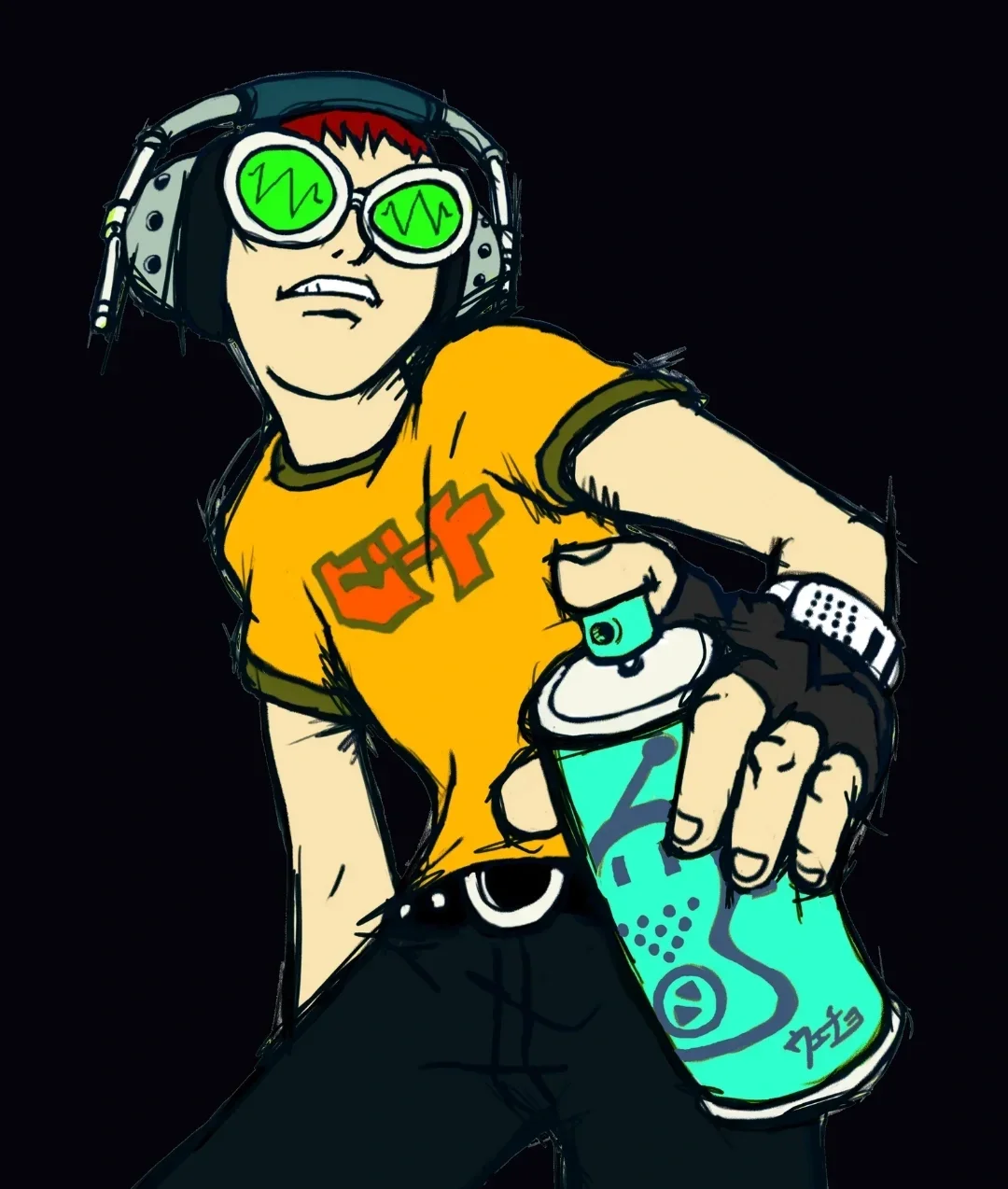

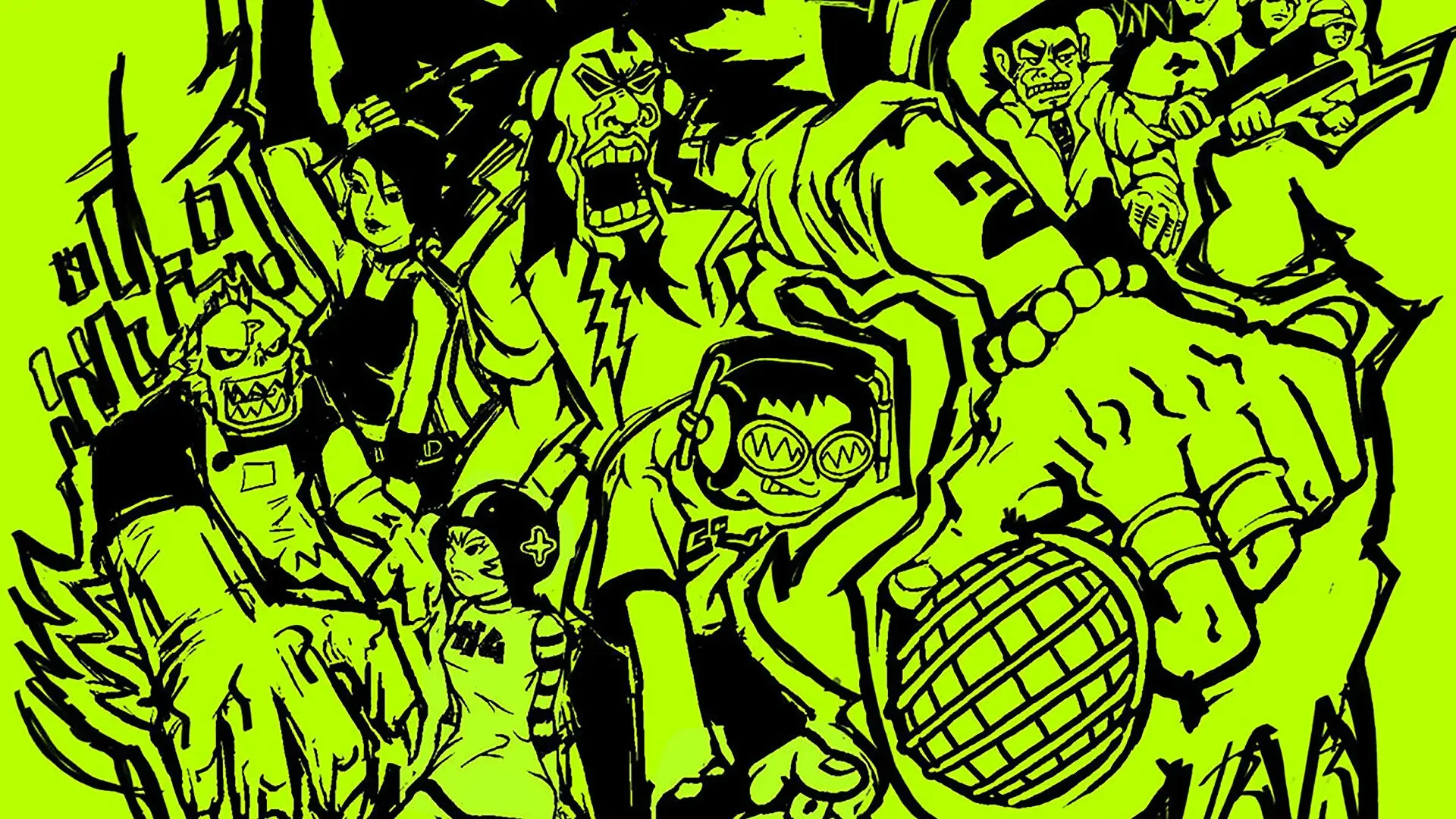

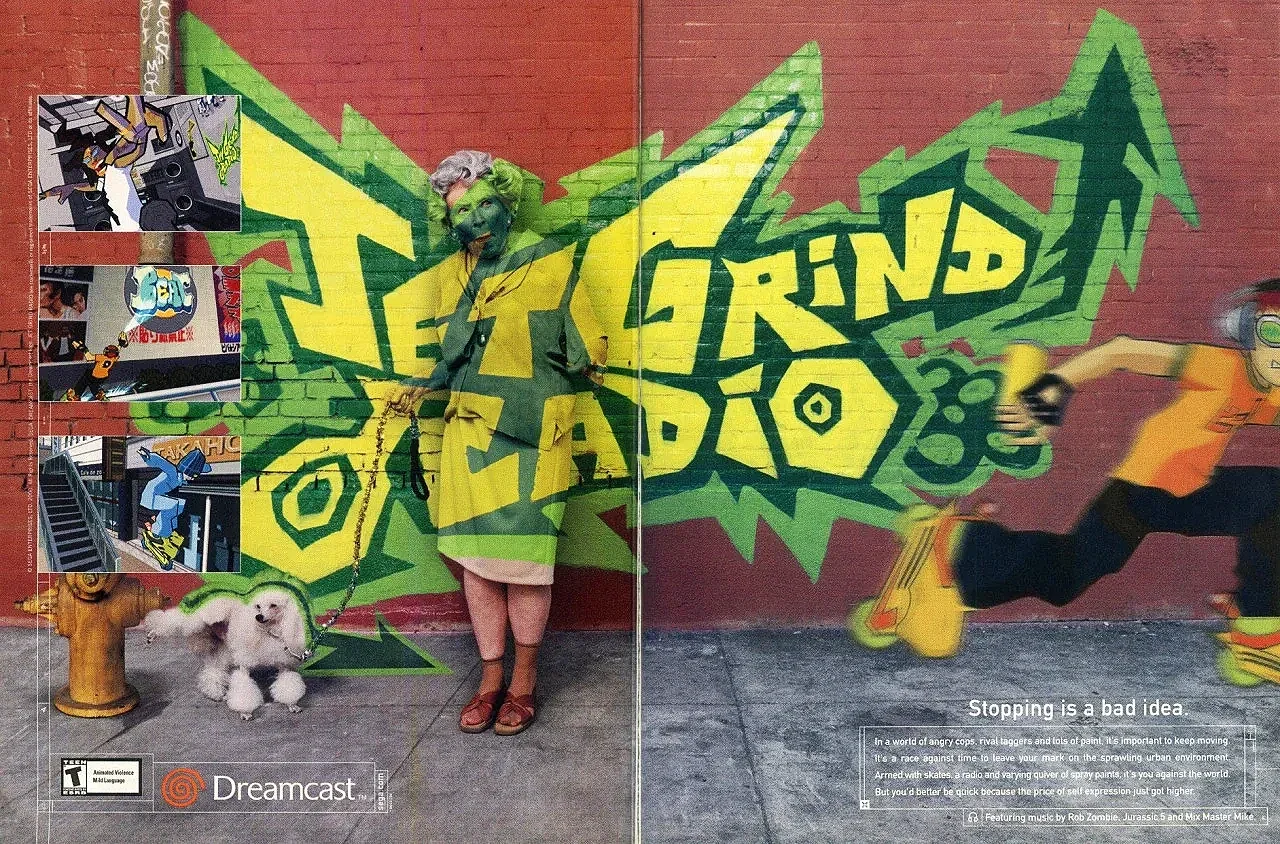
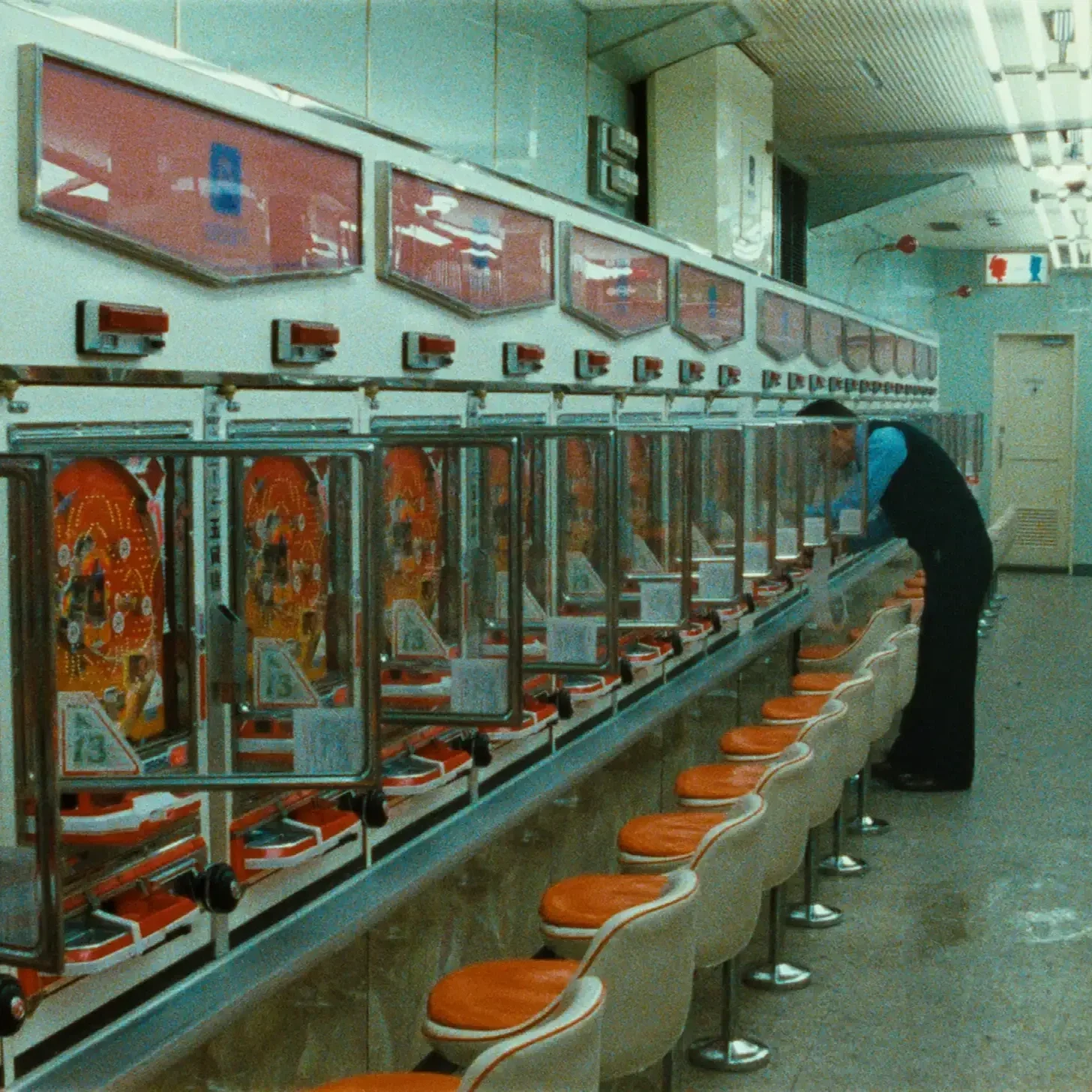



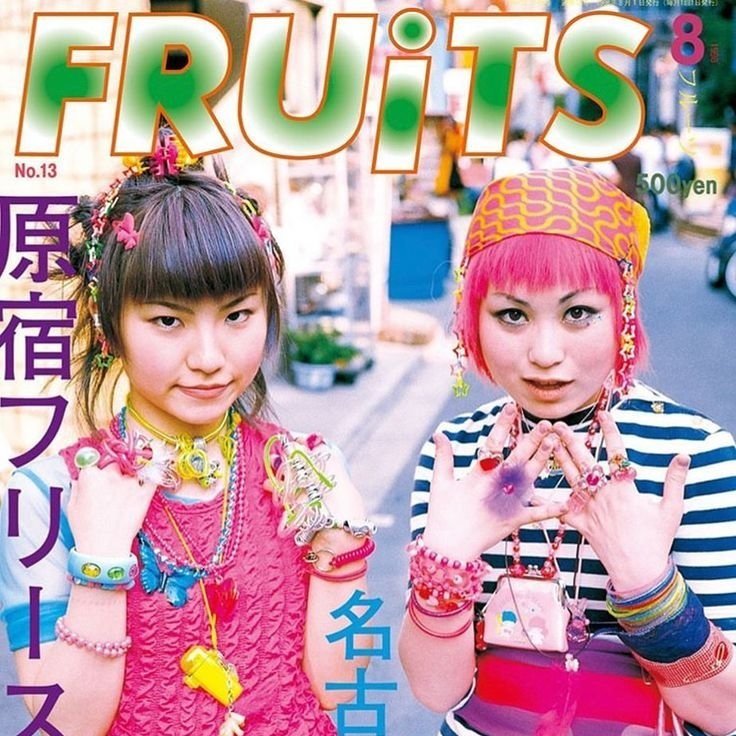
Explaining the glue between anime, fine art, toys, and fashion.